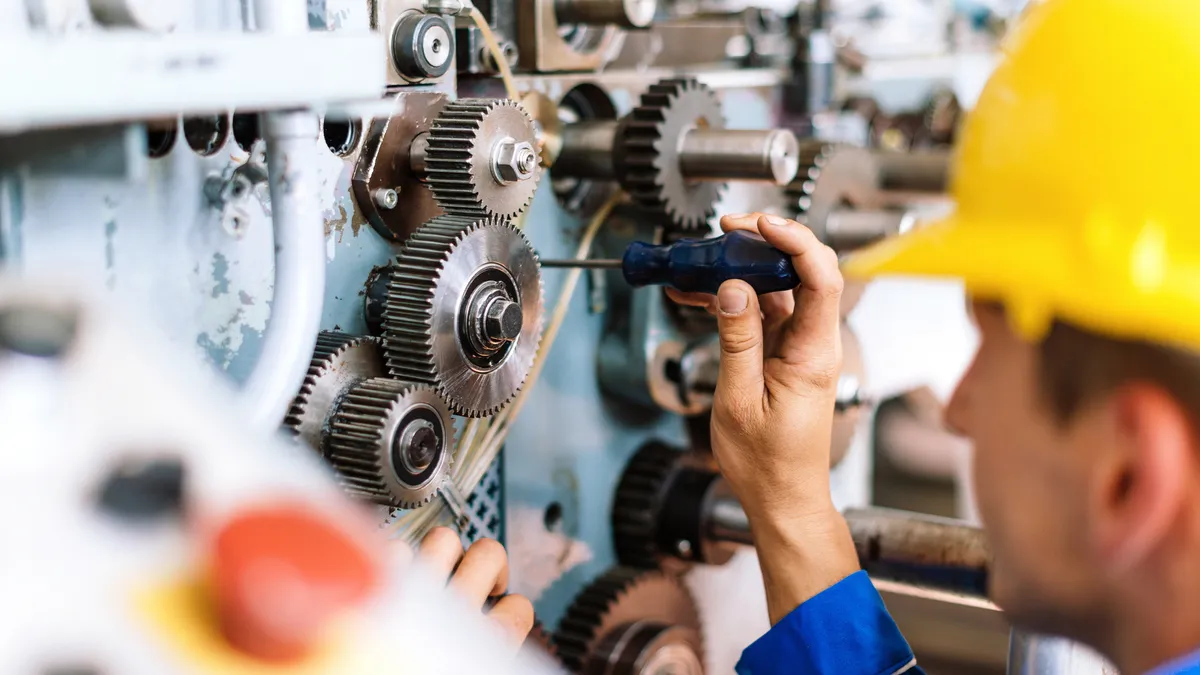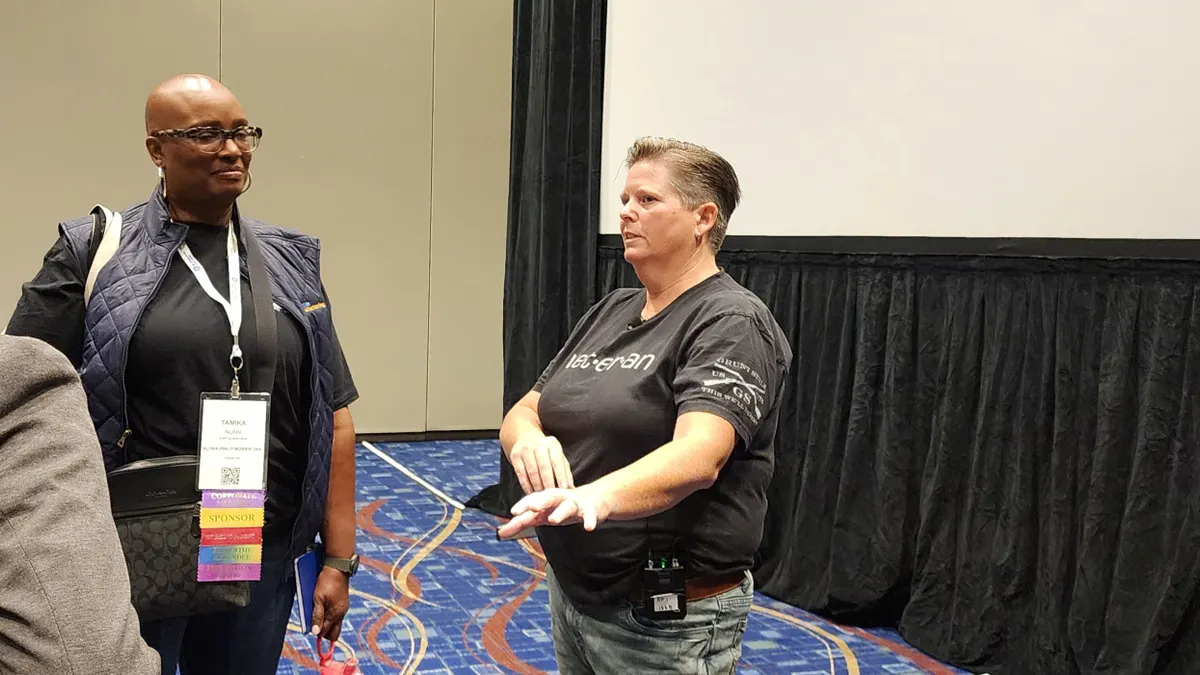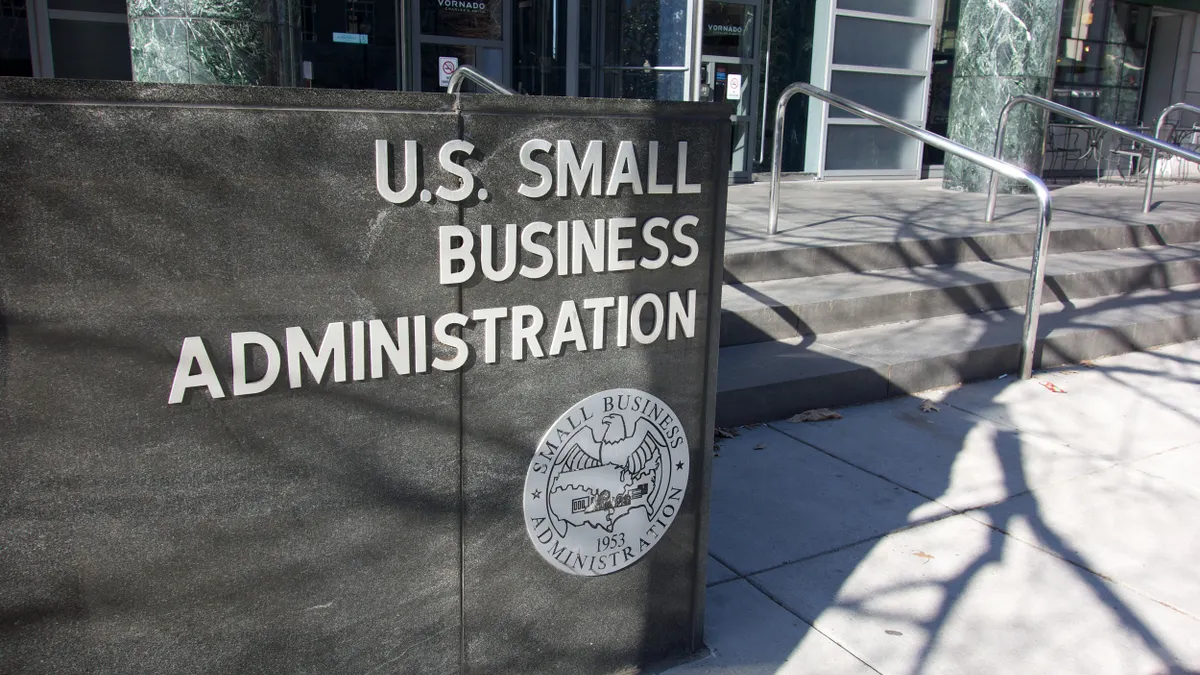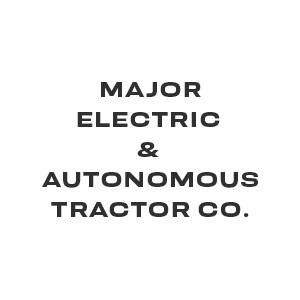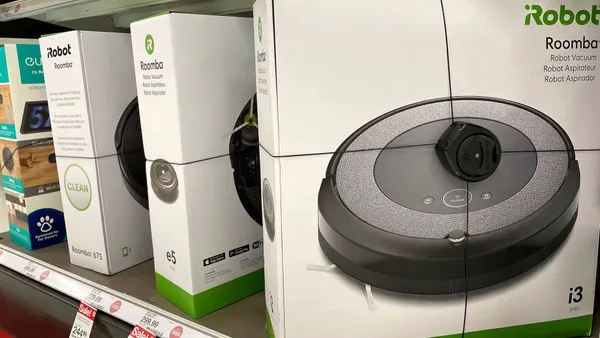Tim Gilmer is director of reliability services at global risk management company ABS Consulting. Opinions are the author’s own.
What impact do maintenance and reliability really have on return on investment?
The ideal scenario for any manufacturing business is to know what is happening within their automated operations. And for this, you need to be looking at key metrics and then understand how those metrics impact the business.
Maintenance is a business, and what we want to know as part of the ROI equation is the ‘return on assets’ that we have invested in. Return on Assets is a profitability ratio that shows how much profit a company can generate from its assets. So how do we work that out? There are two ways:
- ROA = (Net Income / Replacement Asset Value) x 100
- ROA = (Operating Profit (EBIT) / Total Asset) x 100
By looking at interrelated metrics and how they can impact the bottom line, we can help deliver an improvement in maintenance strategies, which, traditionally, may have been done using an ‘open and inspect process’ on plant and equipment — both of which are labor intensive and higher risk. This approach will enable us to better understand how equipment is operating and establish a knowledge-based preventative approach to its maintenance.

We want to be more efficient and reduce critical costs, such as non-contract labor. That’s because downtime is expensive and can have a major impact on an organization's operational efficiency, and ultimately negatively impact its bottom line.
We want to seek to reduce unplanned downtime as much as possible, because not making product is the biggest issue impacting a business in the manufacturing sector. Taking a holistic approach to equipment maintenance helps identify any ‘bad actors’ within the business. By identifying critical problems, we can focus specifically on them, instead of on every problem.
The importance of data and metrics in maintenance management
Good maintenance is about effective resource management and computerized maintenance management systems is central to this. A lot of the information we need to make better-informed decisions is already available to organizations, but experience shows that while they may have the information, the vast majority of companies are not using it to their benefit or to increase the reliability continuum.
Many organizations don’t have key performance indicators or metrics, which will often result in businesses firefighting —reacting to equipment problems when they arise. Because this is the way they have always operated, they often don’t realize how reactive they are or measure the impact of that approach from a bottom-line perspective when equipment problems do occur.
Establishing KPIs for better maintenance
So, the question is: Where to start? Numbers speak volumes. We need to start by setting metrics — establishing a baseline picture so you can see a much more comprehensive process moving up the maturity continuum. Everything revolves around a continual improvement wheel. The goal is to relate what we do with maintenance and reliability to the bottom line.
KPIs help present a better business case. Some key KPIs could include:
- Total maintenance cost as a percentage of replacement asset value,
- Availability: How often the asset is running or capable of running compared to its operational schedule.
- Unscheduled downtime: The amount of time the asset is unavailable due to repairs not on the weekly maintenance schedule (break-in work).
- Wrench time: The actual time maintenance crews are making repairs.
- Stockouts: The frequency at which parts are requested from the stock system but not available.
By establishing and measuring KPIs, we can start to identify what is causing us the most loss. And any loss we can prevent is positive in both time and money. Through this approach we are better suited to measure overall equipment effectiveness, which means looking at the full productive time of equipment.
Everything is related. If you want to run a business at a world-class standard, all this needs to be considered; this approach is both achievable and affordable. You should be aiming for 80-85% of planned maintenance work, with no more than 15% unplanned, not the 30-40-50% emergency work levels that are typical when this process is not utilized.
The more unplanned work you are forced to react to, the heavier the cost incurred. This is the most inefficient and dangerous way of operating, because the machine is dictating what we are doing, not us planning what will be done.
Most manufacturing businesses will have the capability of undertaking this process themselves, but just don’t know where to start or what process to take. They know they want to be more efficient but there are often cultural dynamics between maintenance, reliability and operations teams within the organization. You cannot move up the maturity continuum if you are not planning and managing your maintenance and repair schedules. It’s about having a maintenance action before there is a functional failure.
Maximizing overall equipment effectiveness for better ROI
The relationship between maintenance and overall equipment effectiveness creates much greater outputs on the plant floor, which ultimately feeds directly into the bottom line, helping an organization to run more efficiently, reduce unnecessary cost and enjoy a greater return on their manufacturing assets.
When addressing reliability, one size hardly fits all. Some organizations have well-developed programs and workflows and are well on their way to a higher level of performance, while others are still in the process of establishing a reliability program that can streamline operations without breaking the bank.


